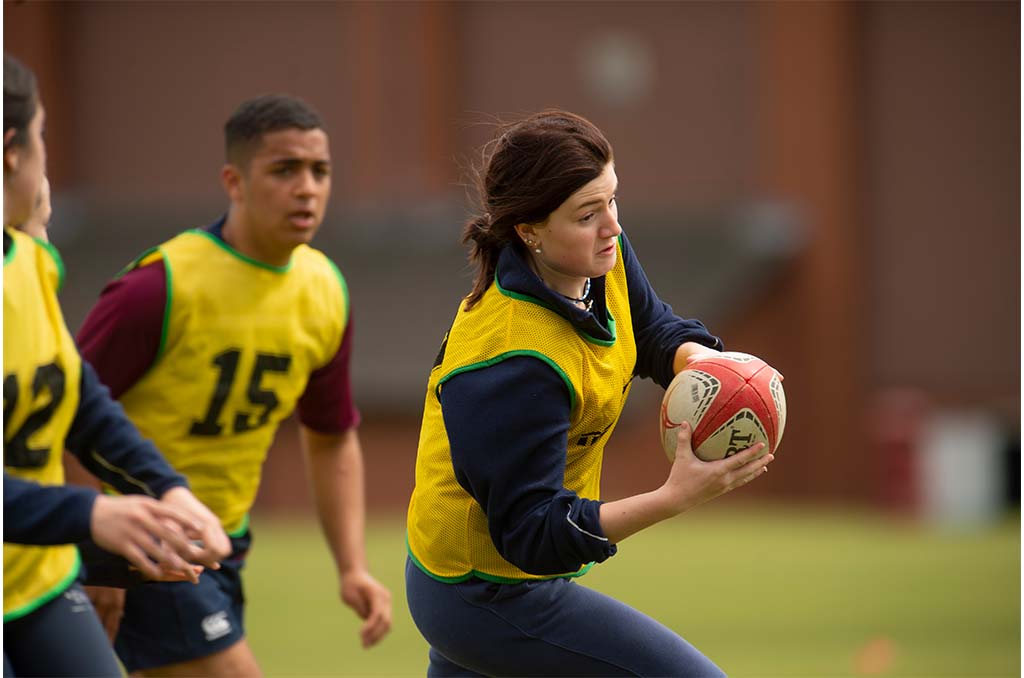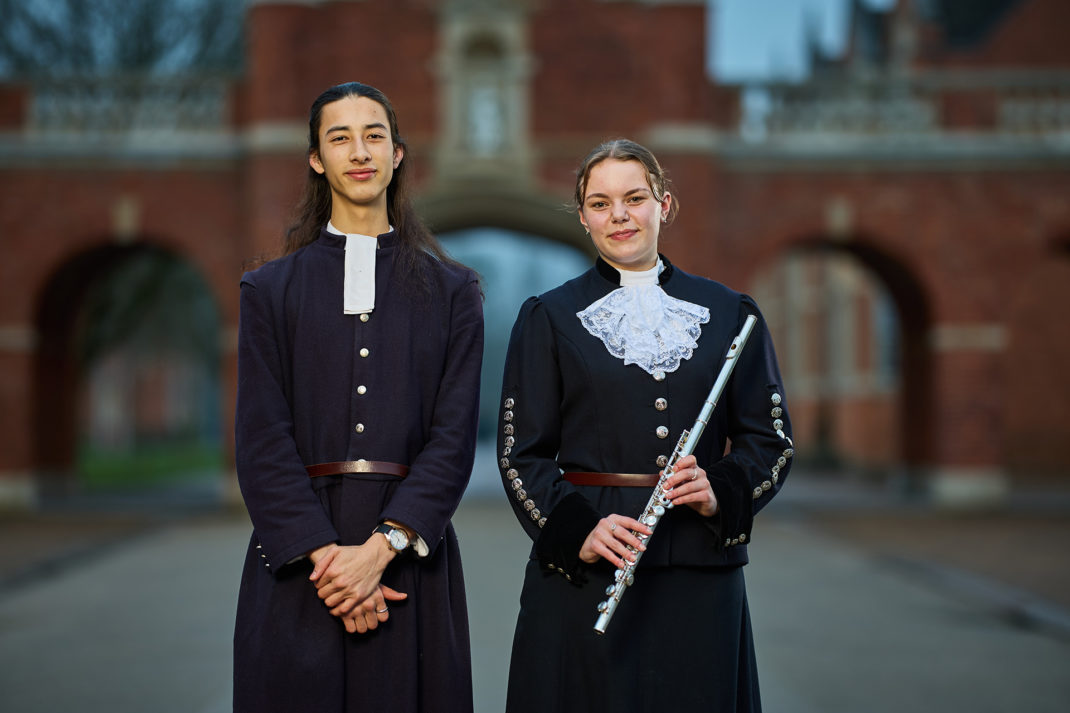Sport’s New Era?
By
3 years ago

A new era of sport in schools is emerging, and women’s football is well positioned to lead the way, says Danny Gower, Assistant Head Co-curricular at St Dunstan’s College.

The UEFA Women’s Euro 2022 could not have come at a better time. Against the backdrop of a wider societal movement and advocacy for women in general, this tournament has the potential to be game-changing in creating sporting opportunities for young women.
Something in the lead-up felt different, as media hype built around the competition and the potential for England Lionesses to be crowned champions, in front of full stadiums and massive TV audiences. The most asked question at our summer admissions events was, “do the girls get access to the same footballing opportunities as the boys?” This was before our England team performed in the way they have over recent weeks. We know from experience that hosting major championships forges a momentum that schools and clubs can seize, and this only accelerates when the home nation performs in the way that the Lionesses have.
At the elite end of sport, this watershed moment has been coming for some time, with the Netball Superleague, Women’s International Cricket and The Hundred giving women’s sport the share of coverage that it deserves. Leading this increase in screen time, the Women’s Super League has been the jewel in the crown, driving this growth in spectatorship. The stage has been set for those responsible for providing sporting opportunities for young women to pick up the baton and run with it.
The Women’s Euro 2022 will ensure that a lack of role models won’t be a problem for schools, and subsequently neither will a lack of inspiration amongst young women. The challenge will be finding how to make football fit. Sport in schools has evolved with programmes separate for boys and girls, with departments split in two, often working independent of each other. Often, the disparity between the two has been most significant where school sporting programmes have been highly competitive.
We all understand that structural challenges shouldn’t get in the way of creating sporting opportunities where there is demand, and that gender cannot be a barrier to participation. However, sports departments across the country are already working at capacity delivering their existing programmes, so adding more might do more harm than good. Netball, hockey, swimming, and cross country are all established on the girl’s side of the school sporting divide during Michaelmas (autumn) and Lent (spring) terms, so where does football fit in?

It is interesting to consider, would we accept any other subject being split by gender in a co-educational environment, with contrasting opportunities for boys and girls? The stigma that this creates around certain sports can be difficult to overcome. As an industry, we are at risk of creating barriers rather than equality of opportunity. Trying to force it to fit alongside other established sporting, co-curricular and academic commitments is unlikely to be enough, with these massive growth sports suffocated before they have a chance to establish themselves.
At St Dunstan’s, we have decided to explore what gender-neutral provision might look like in a co-educational school. Our guiding principle has been that regardless of gender, students should have equal access to equal opportunities. Easy to say, but more difficult to deliver when you have to look outside for competition, and sporting opportunities for women in these growth sports is still playing catch up.
Despite its reputation as the fastest growing women’s sport in the UK, girls’ football remains a minority sport in many schools because of the well-established stigma and gendered view. The buzz of a home tournament and outstanding performances of the Lionesses have presented schools with much-needed momentum, but it must be seized.
A new era of sport in schools is emerging, and women’s football is well positioned to lead the way.
See St Dunstan’s online listing here.



